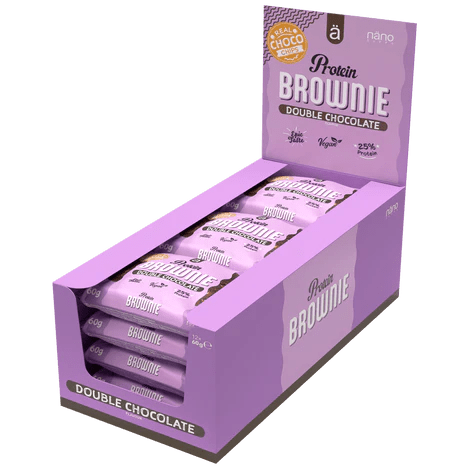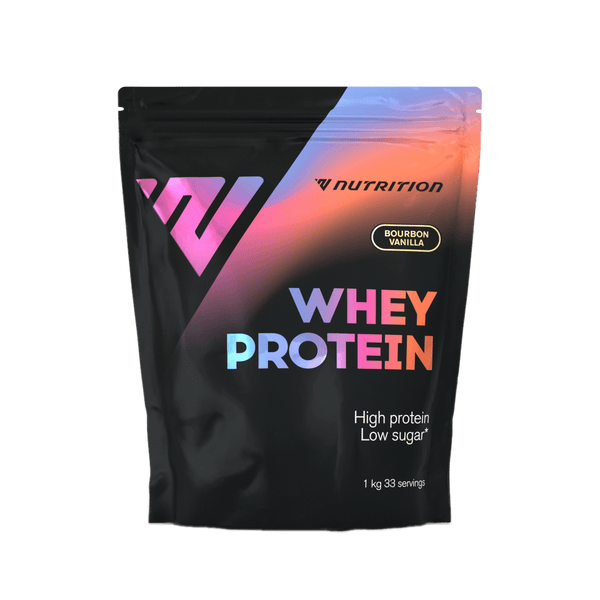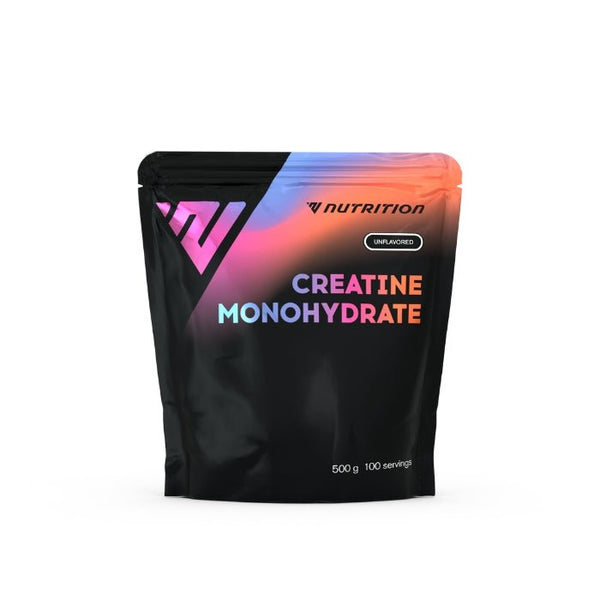Knowing your skin type is important for taking good care of your skin and giving it the right treatment. Nowadays, with all the different skincare products on the shelves, it's easy to get confused and wonder - what's right for me?!
Facial skin is divided into four basic types:
- Normal skin: Clean, even-toned and free of visible wrinkles. It is smooth, elastic, without visible pores, and does not react aggressively to changing environmental factors or aggressive ingredients in cosmetics, thanks to a balance of moisture and lipids. This skin type is the least common. Over the years, this skin type tends to become dry, so it is recommended that normal-skinned women over 30 use light moisturising creams with a low oil/fat content and avoid aggressive cosmetic products that affect the skin's natural balance.
- Dry skin: Dry skin looks thin, smooth, has virtually no visible pores and very rarely has acne or pimples because of the reduced activity of the sebaceous glands. This is an advantage when you are young, but as the years go by, dry skin needs more and more attention - it requires a very careful approach, keeping an eye on the effects of sun, wind, cold and other external environmental factors on the skin's condition. If the skin is too dry, it is a sign of sebum deficiency, it may flake, crackle and itch easily, so dry skin needs intensive hydration and nourishment. Dry skin requires special care in our climate, as it can be aggravated by excessive cold, dry indoor air in winter during the heating season and air conditioning in summer. Avoid the use of soaps, alcohol-based face care products and scrubs as they dry the skin.
- Oily skin: Oily skin is most common in youth, during puberty. It is characterised by enlarged pores, an unpleasant oily sheen, especially in the 'T' area (forehead, nose and chin), open and closed comedones, blocked pores. Excessive sebum clogs the pores, which in many cases causes acne, which often becomes inflamed. These signs usually appear in adolescence, due to hormonal changes in the body. Most often, these problems stop when the age of 25 is approaching, but it happens that even after the age of 30, the skin is too oily. In most cases, this is due to a disturbed hormonal balance and hereditary increased sebaceous gland secretion. Oily skin tolerates atmospheric agents, water and soaps well, but has difficulty resisting the adverse effects of micro-organisms. However, this type of skin retains its elasticity for longer and does not develop wrinkles. Over the years, oily skin develops into combination or normal skin. Oily skinned women are advised to focus on cleansing their face using light-textured gel products. Exfoliation and the use of sebum-balancing products are also important. It is important to remember not to over-dry the face and not to get rid of sebum completely, as the skin will then start to produce it even more intensively.
- Combination skin: This type of skin is characterised by different conditions in different areas of the face. It can be both normal/dry and oily/normal, very rarely dry/oily. Almost all people with combination skin have oilier skin in the "T" area (forehead, nose, chin) than on the cheeks and neck. Combination skin types require different treatments for different skin areas and double care - multi-functional facial products are recommended.
May you find the right products for your skin type to enhance its beauty and health!
Author: cosmetologist Kristiana Schnepste @kristiana.snepste






